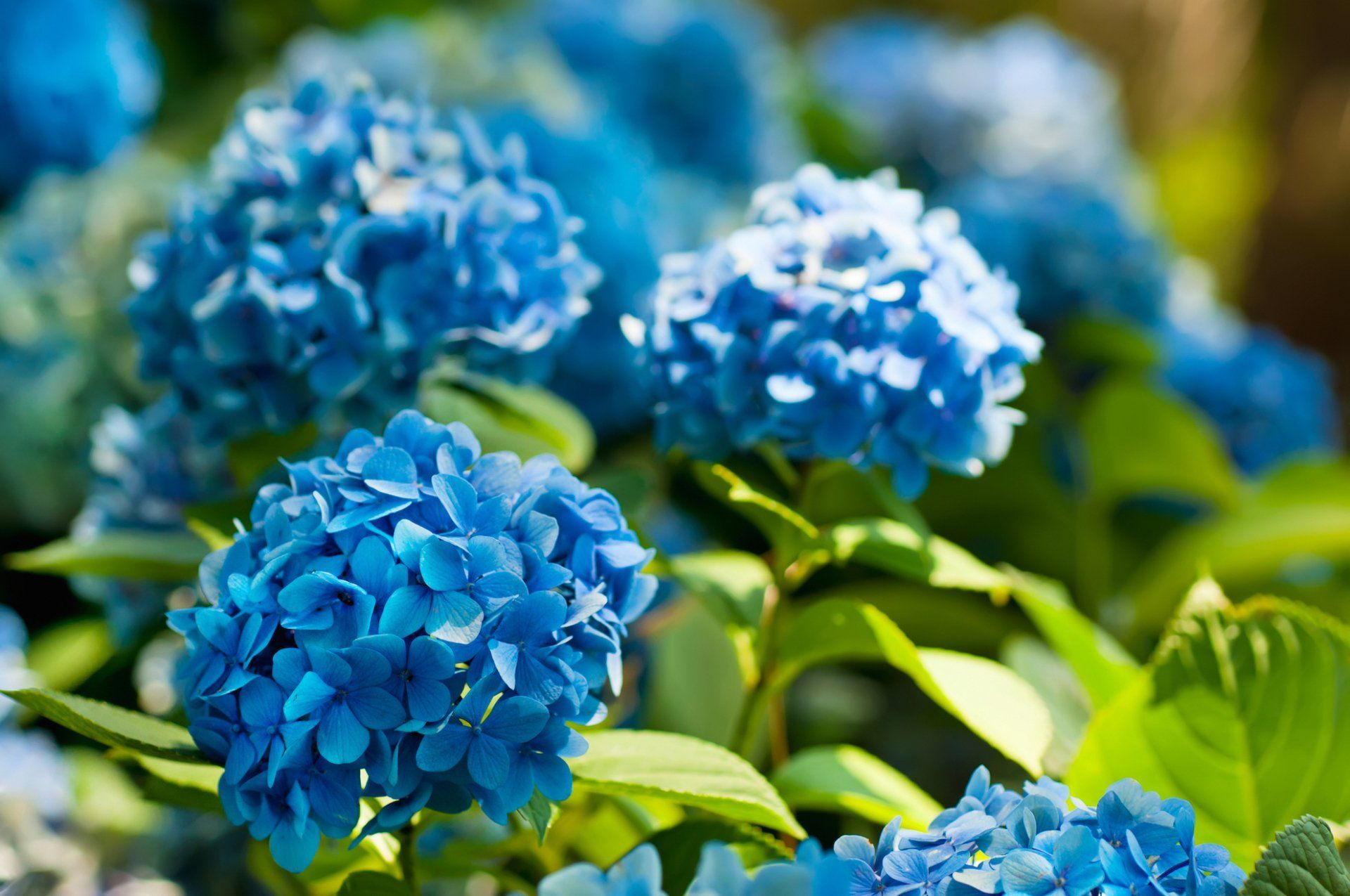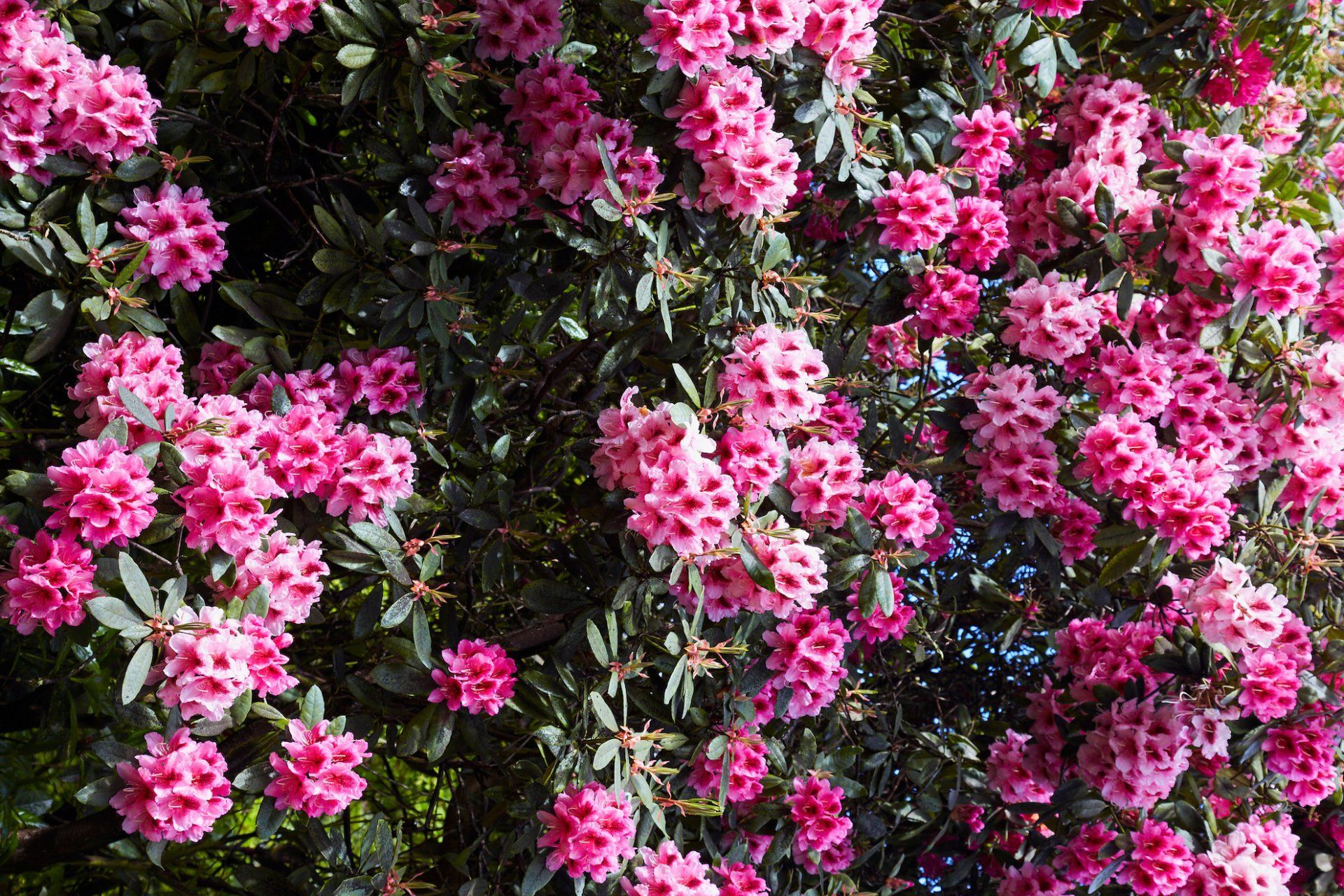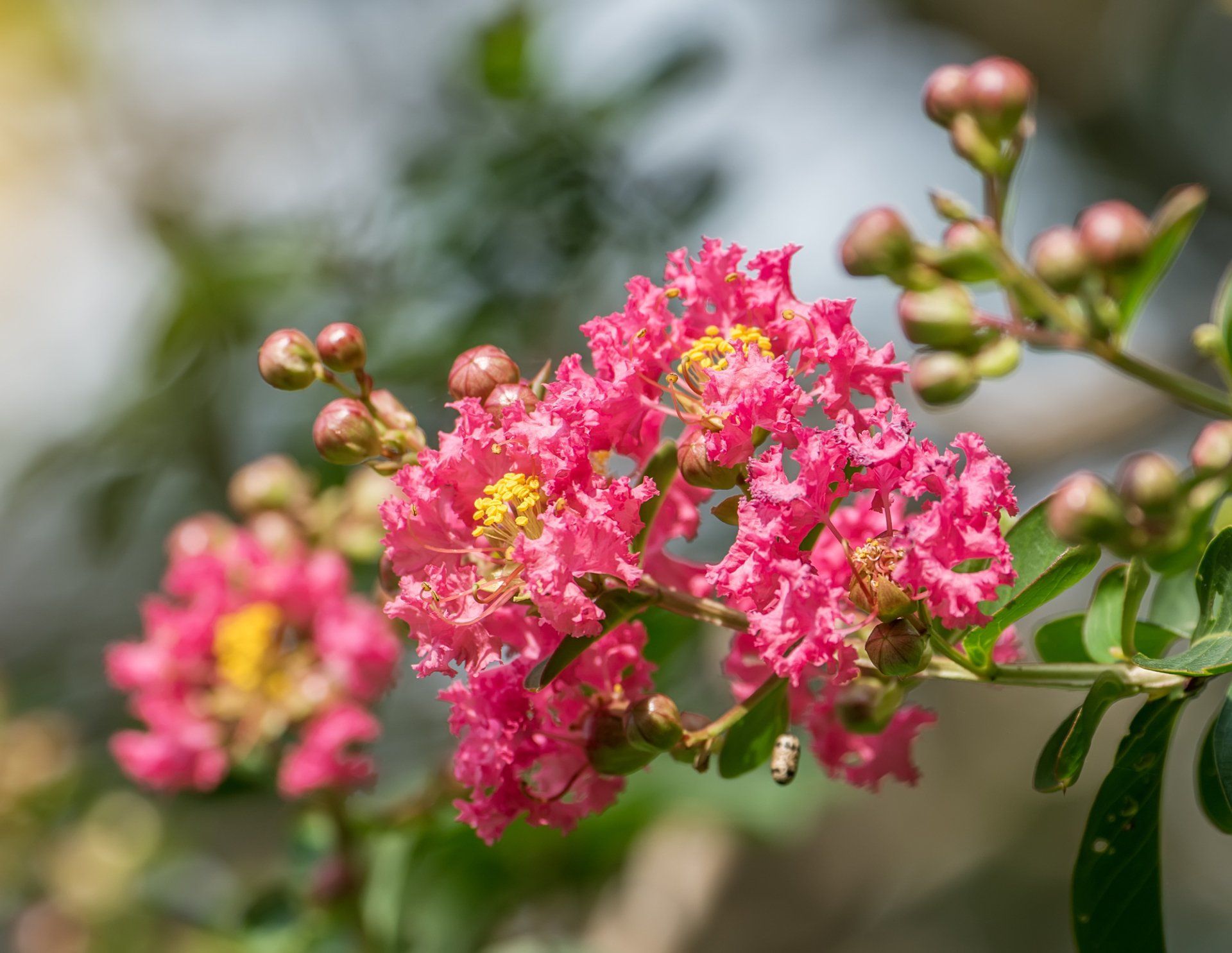Most Common Grass Types in St. Louis, Missouri
Given the hot and extremely humid weather in St. Louis, Missouri, many kinds of grass find it difficult to thrive or even survive in the extremely cold winters too. This is why some people would rather opt for artificial grass turfs instead of natural grass. If you are looking to grow a lawn in areas like Mehlville or MO Oakville, you first need to get yourself acquainted with the different types of grass available in the area.
You would need to understand their pros and cons, and all other information you would need to grow perfect grass. This guide will give you a list of the most common grass types in St. Louis, Missouri, and teach you about other important bits you need for a lush lawn.
Warm Season Grass Types
1. Bermuda Grass
Bermuda grass is a perennial grass that grows in the tropical and subtropical regions. You may also sometimes find it in transition zones. This grass can withstand tough summers, although you would have to put in the work to create a desirably looking lawn. It’s a great choice for lawns, recreation areas like golf courses, sports fields, arenas, and parks because it can withstand heavy traffic.
It has a range of varieties including Riveria, Oasis, Arden, BlackJack, Royal XTD, and Yukon. Of all these varieties, Yukon is the most tolerant of cold. Bermuda grass is easy to spot if you look out for its coarse texture and aggressive above-ground roots known as stolons. It can be better identified with its seed head that looks like the foot of a bird. For lawn care, mow Bermuda grass consistently at the correct height - 1 to 1½ inches tall. Aeration, irrigation, and fertilization are advisable only when necessary.
2. Zoysia Grass
This grass is similar to Bermuda grass in that it can flourish in warm seasons and its durable leaves and stems can withstand heavy traffic. Although this grass may be a bit difficult to establish as it takes a while to grow, once it does grow, all that is long forgotten. It thrives and creates a well-textured cover on turfs.
It’s a low maintenance grass and only needs a little water to grow even in heat and drought. If you’re not in a hurry to get your lawn established, Zoysia grass in its two varieties (Compadre & Zenith) makes a good choice. Zoysia should be mowed between 1 to 1 ½ inch tall.
Cold Season Grass Types
1. Kentucky BlueGrass
Kentucky Bluegrass (KBG) is a favorite cool-season grass. It’s a perennial grass and it grows year after year, thriving most especially during fall, cold winters, and spring. Its shallow roots make it intolerable to hot summers, but they have been known to grow in hot areas if you keep them thoroughly irrigated. They are however best suited for cold climates since the season aligns with its natural growth cycle.
KBG is a self-spreading sod-forming grass that grows readily to build a thick and dense turf of vibrant green. This grass type is a good mix with fescue and can readily be found on athletic fields. This type of grass requires high-maintenance so you may need MO Lawn Care professionals to do an adequate lawn service. They would know all about its peculiarities for lawn mowing, thatching, and proper irrigation.
2. Fescues (Tall Fescue, Fine Fescue)
Fescues come in two varieties. The tall fescue grows tall and is coarse/medium textured. It can grow from sod or seed and is a great all-purpose grass for Missouri. For a successful yield in all of Missouri, heavy irrigation is what you need. This grass is resistant to heavy traffic, low nutrient soils, and has good tolerance for insects or diseases. In a nutshell, tall fescues are low maintenance. To enjoy it during winter, be sure to establish the seeds early enough, before the start of the season.
Fine Fescues, on the other hand, are more shade-tolerant and have a darkish green color. They are highly tolerant of cold regions and require very little maintenance. However, they are not tolerant to wear so they are only great for decorative lawns in parks, roadsides, (and not athletic fields or golf courses.) This grass type requires only a little fertilizer and is great for grass seed blends in both sunny and shady areas. It grows rapidly
and adapts well to even the poorest of soils. Its recommended mowing height is 1½ - 2½ inches.
3. Perennial Ryegrass
Ryegrass types grow rapidly in a turf-like appearance. They can withstand lots of wear without producing thatch and they blend well with other grass types. Ryegrass is also resistant to diseases and insects, this makes them quite low maintenance. Because this grass has fibrous leaves, it requires the sharp blade of an electric lawnmower to mow at 2 - 3 inches to avoid shredding the turf.
How to Choose a Grass Type for a Lawn
There are many factors to consider when you want to select the best type of grass for your lawn. Find them below, so that you can make the right choice.
1. Your Climate: Cold or hot? Mildly warm or freezing cold? Knowing that different types of grass are suitable for different climates, it is important to go for a type of grass that is tolerant of the weather.
2. The Variety and Your Site: Sometimes, some grass types have different varieties. Ensure that the variety you are choosing works well for your site or wherever the grass will be established.
3. The Use: Some types of grass are tolerable to heavy traffic while others are not. You should choose a type of grass that is suitable for the purpose you need a lawn, be it aesthetics or track and field sports. This would save you a lot of maintenance costs.
In Summary
Different grass types abound in St. Louis, Missouri. What’s most important is knowing the one that would be suitable for your needs. With this guide, you can get informed about the different types of grass and how to choose the grass type that will give you the desired effect of a properly established lawn.



